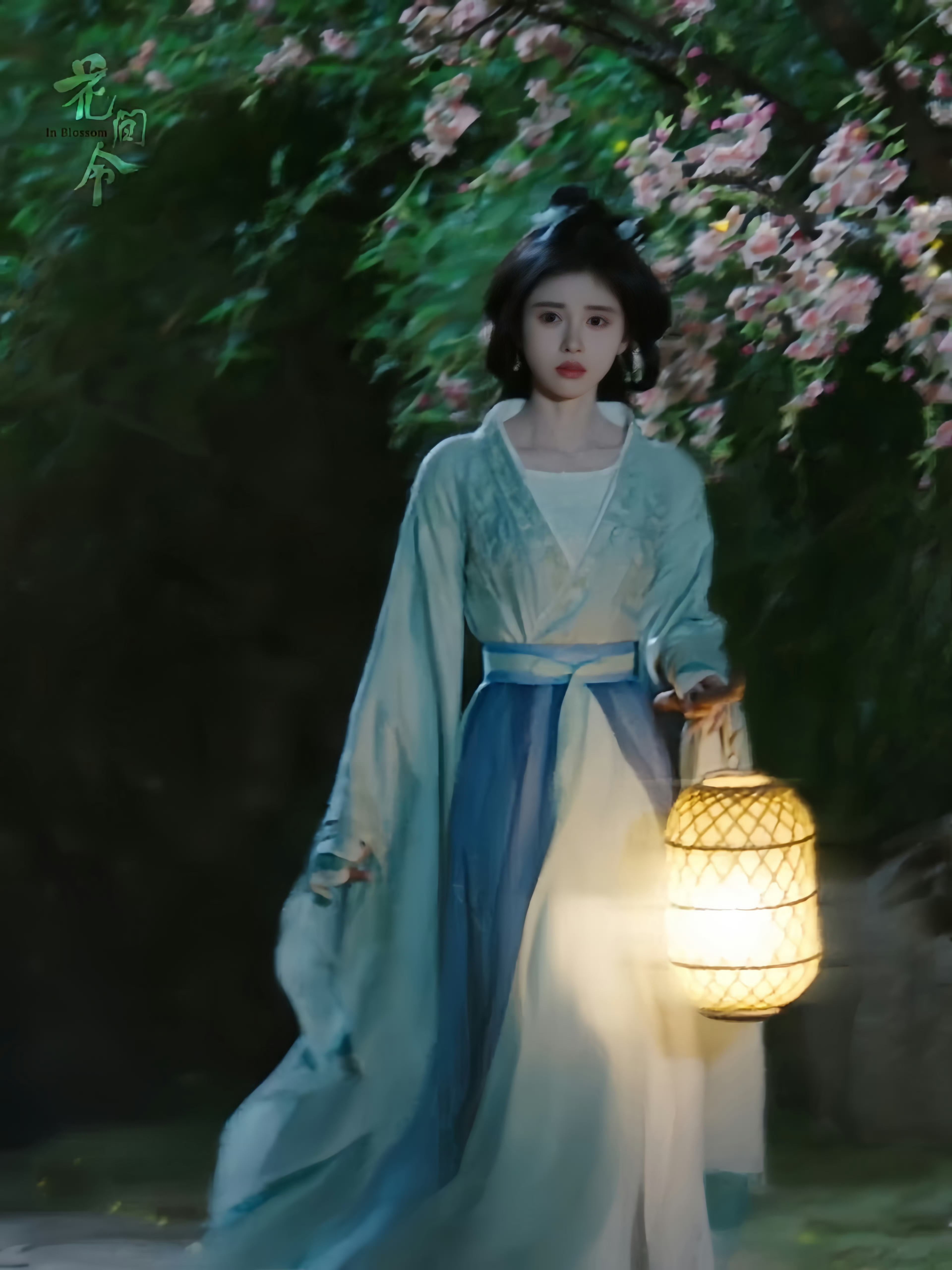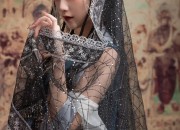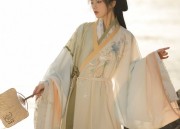The Evolution of Hanfu Headdress:A Look into the Two Sides of Traditional Chinese Headwear
In the realm of traditional Chinese culture, the Hanfu headdress holds a significant place, embodying the essence of ancient aesthetics and craftsmanship. This article delves into the two sides of Hanfu headdress—its historical significance and modern revival—to explore its enduring charm and evolution.

The Hanfu headdress, also known as "Han衣冠饰", is an integral part of traditional Chinese clothing, reflecting the rich cultural heritage and artistic traditions of China. Originating from the Han dynasty (206 BC – 220 AD), it has undergone centuries of evolution and development, influenced by various historical periods and social changes.
On one side, the Hanfu headdress represents the historical significance and cultural heritage of China. It incorporates various elements of traditional Chinese culture such as philosophy, aesthetics, and craftsmanship. The intricate designs and patterns reflect the skilled craftsmanship of Chinese artisans, who used natural materials like silk, jade, and wood to create beautiful and meaningful headdresses. These headdresses often featured symbols and motifs that represented good luck, prosperity, and harmony, reflecting the core values of Chinese culture.
On the other side, the Hanfu headdress has experienced a modern revival, blending traditional elements with modern designs and technologies. As part of the revival of traditional Chinese culture, the Hanfu headdress has gained popularity among enthusiasts and fashion-forward individuals who appreciate its unique beauty and cultural significance. Modern versions often incorporate contemporary materials like synthetic fibers and metals, while retaining the traditional designs and patterns. This fusion of traditional and modern elements creates a unique balance, allowing the Hanfu headdress to remain relevant in modern times.
The evolution of the Hanfu headdress is not only about its design and craftsmanship but also about its social significance. In traditional Chinese society, the headdress served as a symbol of status and identity, distinguishing different social groups and occupations. In modern times, the headdress has become a symbol of cultural identity and expression, allowing individuals to express their appreciation for traditional Chinese culture and their personal style.
The Hanfu headdress also plays an important role in cultural events and festivals. During festivals like the Chinese New Year or traditional weddings, people often wear Hanfu headdresses to celebrate and honor their culture. These events provide an opportunity for people to come together and share their love for traditional Chinese culture, strengthening community bonds and promoting cultural heritage.
In conclusion, the Hanfu headdress represents a unique blend of historical significance, cultural heritage, and modern expression. Its evolution reflects the rich history and cultural traditions of China, while its modern revival allows it to remain relevant in modern times. The Hanfu headdress continues to evolve and inspire people around the world to appreciate the beauty and uniqueness of traditional Chinese culture.
As we delve into the two sides of the Hanfu headdress—its historical significance and modern revival—we are reminded of the importance of preserving our cultural heritage and expressing our personal identity through traditional elements. The Hanfu headdress is not only a beautiful piece of headwear but also a powerful symbol of cultural continuity and expression.





